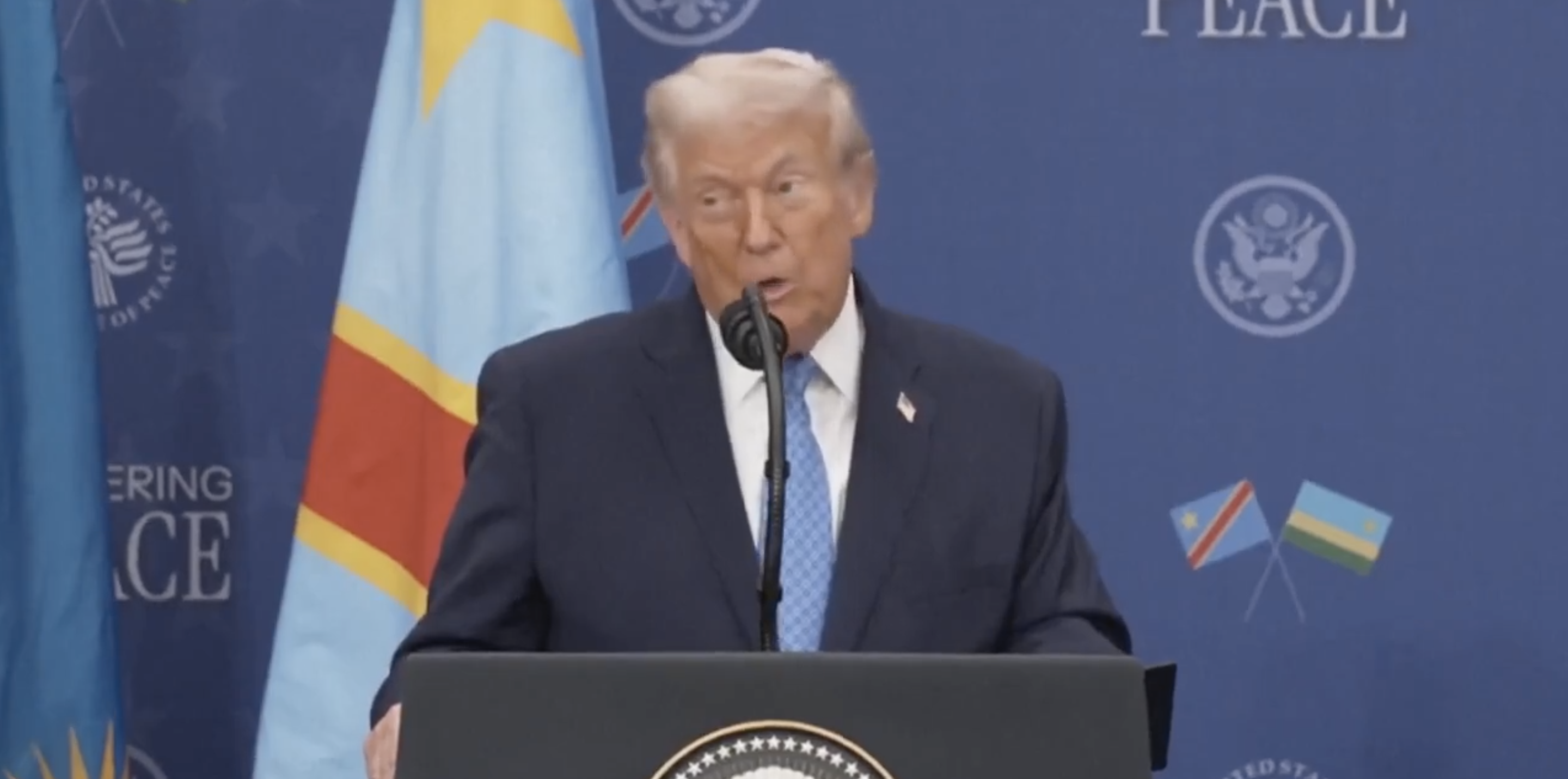In the conflict between us and them, we know who we are, and whether or not we know them, we are certain that they are not us. In fact, our need for survival binds us so closely together in opposition to them that we agree ??? even through our own differences ??? that killing them without reservation is in our best mutual interest. So, kill we do, with impunity and most effectively with a shot to the head, a knife through the eye or temple into the brain without regard to the splatter, in fact, in delight of the splatter.
Oh, you've also seen episodes of AMC???s The Walking Dead, which is about to enter its sixth season. And you???re sophisticated enough to realize that with much, if not most TV programming, it???s the audience that is being programmed, not just the time slot. Preserve us, kill them???in self-defense or for sport; it's all the same.
"It has been our experience that throughout history we have found comfort in the existence of an enemy," Dipak K. Gupta wrote in his 2001 book, Path to Collective Madness, A Study in Social Order and Political Pathology. "When there has been one, we have felt united, bathed in the warm glow of camaraderie and fellowship; when there has been none, we have sought an enemy within our own ranks." So, millions of us watch ??? 17.286 million on October 12, 2014 ??? to share and empathize with the experiences of Sheriff Rick and his gang. And that's just one serial TV show.
A massive body of psycho-social research since the early 1960s leaves little wiggle room for deviation from the deep theoretical basis of the "monkey-see, monkey-do" principle that most of us have encountered in psychology, sociology, and social psychology classes in high school and college, to say nothing of everyday life.
It may be impossible, given current human-subject research ethics, to prove that TV violence is a cause of killing. However, Albert Bandura's groundbreaking behavioral research first published in 1961 stands, and it has ever since been included in a vast array of psychology texts.
Take, for example, a textbook some more mature readers may have used in college, Psychology, Fourth Edition, by Lyle E. Bourne, Jr. and Bruce R. Ekstrand (NY: Holt, Rinehart and Winston, 1982):
Bandura and his colleagues arranged for preschool children to observe models either vigorously attacking or sitting quietly near an inflatable Bobo clown doll. In subsequent tests, the children who observed aggression tended to match the model???s behavior quite precisely, while those who had seen a passive model tended to be nonaggressive.
Myers later wrote of the Bandura research "that in everyday life aggressive models appear in (1) the family, (2) the subculture, and (3) the mass media.???
The discussion of TV violence has continued across three generations, certainly long enough for any credible TV executive of lawmaker to be aware of it. Government reports 20 years apart (from 1972 to 1992) have demonstrated the relationship between watching violence and murder.
Reports have shown that homicide rates doubled in the United States, Canada and South Africa with the spread of television.
How prevalent are the fictional depictions of violence?
David G. Myers in his textbook, Social Psychology, now in its eleventh edition (2013) says that "By the end of elementary school the average child has witnessed some 8,000 TV murders and 100,000 other violent acts." That was in 1992, but between 1998 and the 2005-2006 U.S. prime time TV season, violence increased 75 percent, Myers wrote. Media reports show that trend continuing.
It is not uncommon for young killers to point to media examples as the inspiration for their heinous behavior.
The 2012 Aurora Colorado shooter???s connection to the Batman movie character, ???The Joker,??? has been widely noted. In another case, a Texas teenager who on October 4, 2012, killed his younger sister and his mother, wrote afterward that he was inspired by the movie Halloween.
Electronic media outlets, especially television, are now clamoring again for gun control. But it is incredibly disingenuous of the television industry to push violence on the one hand, then condemn guns on the other, while disavowing any responsibility for multiple killings, like the June 17 tragedy at the Emanuel African Methodist Episcopal Church in Charleston, SC.
???Television violence is the single most significant factor contributing to violence in America,??? CNN founder Ted Turner said (???Turner blames TV for violence,??? AP, June 26, 1993).
Whether in film, video games, or TV programming, the effect is the same.
"The overall correlation between exposure to violent video games and violent behavior was substantial and significant," psychologists Craig A. Anderson and Douglas A. Gentile in the chapter of Beyond Common Sense: Psychological Science in the Courtroom (Wiley, 2007)
???Violent video games are significantly associated with: increased aggressive behavior, thoughts, and affect; increased physiological arousal; and decreased prosocial (helping) behavior,??? says an article by Anderson posted on the American Psychological Association Web site.
"To what extent have these scientific conclusions entered into common knowledge?" Anderson and Gentile ask. "Not much." Deafness to reality appears be a feature of socio-political-commercial leadership.
Finally, research also shows that exposure to violent TV shows or video game playing desensitizes audiences to violence. Perhaps a consciousness of that is why HBO's Game of Thrones felt it necessary in episode nine of season five to show a father having his trusting daughter burned at the stake.
Many of us have been affected by our visits to the Holocaust Museum in Washington, DC. But after decades of "entertainment" violence, one must wonder if the most extreme, systematic extermination effort in history causes the same level repugnance that it once did.
Kill them, again and again, by the dozen or by the hundred, until the act of killing has little meaning. But sooner or later we must all face one question: Who is the next them? Don't say it can't happen here.





